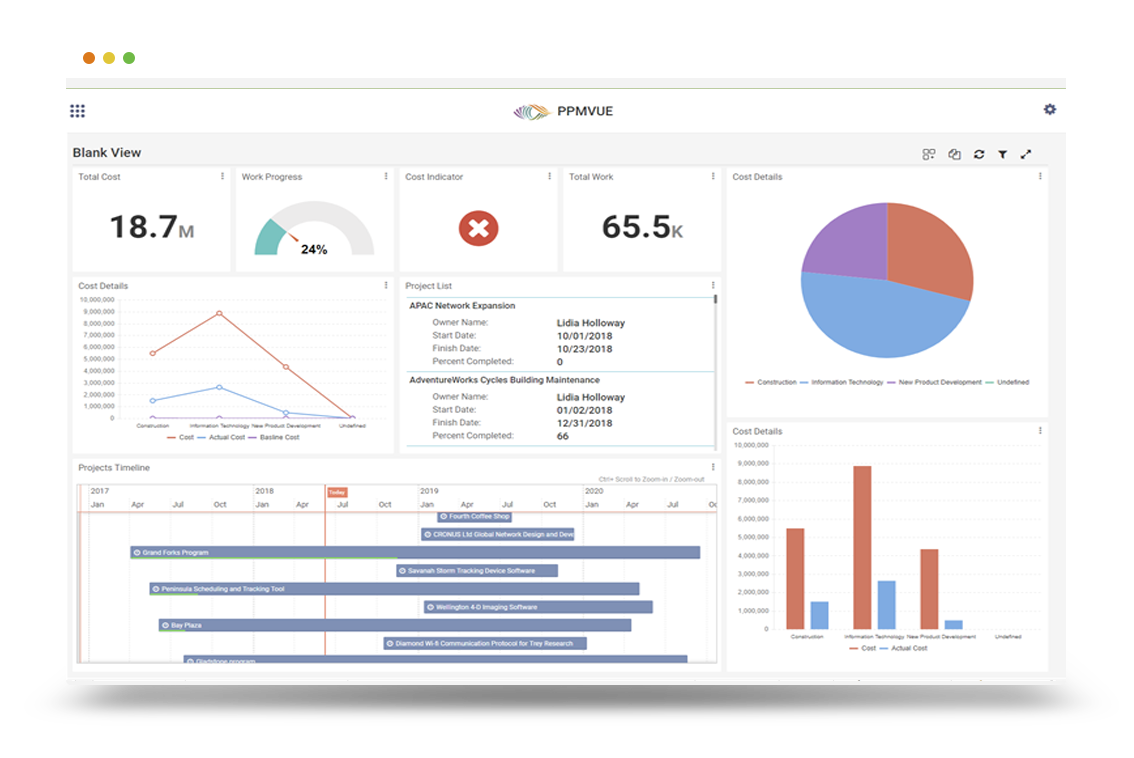
In business and organizational operations, team leadership is often viewed as a behind-the-scenes discipline—something that involves setting timelines, assigning tasks, and ensuring resources are used effectively. However, while many may underestimate its significance, it is far more critical than commonly realized.
When overlooked or downplayed, it can either propel organizations to success or contribute to significant failure. To address these challenges and ensure optimal outcomes, many organizations turn to project management consulting services, which provide expert guidance and strategies tailored to specific needs. From internal initiatives to external client projects, effective task and resource management serves as the backbone that determines whether initiatives succeed or falter. In this article, we explore why organizational execution strategies are essential, how it can be overlooked, and the far-reaching impact of consulting expertise on both internal and external processes.
The Core Role of PMs
Specialized project management consulting refers to the systematic process of initiating, planning, executing, and closing a project. Whether it involves launching a new product, developing internal systems, improving workflows, or delivering services to clients, effective task management ensures that resources—such as time, budget, or personnel—are allocated strategically and efficiently. External services can provide expert guidance, offering tailored strategies to optimize these processes and drive project success.
At its core, timeline and resource oversight bridges the gap between organizational goals and successful execution. Organizations rely on well-managed projects to foster change, stimulate innovation, and implement meaningful improvements.
- Aligns objectives: Ensures that projects are aligned with broader organizational goals.
- Optimizes resources: Uses time, budget, and personnel in an efficient manner.
- Manages risk: Identifies, assesses, and mitigates risks that could derail projects.
- Drives accountability: Establishes clear roles and responsibilities, keeping team members accountable for their deliverables.
- Measures success: Tracks progress, evaluates outcomes, and ensures continuous improvement.
Why This Can Be Overlooked
Despite its significance, process management is often overlooked or downplayed. This can occur for several reasons:
Misunderstanding of its Role
Many perceive the process as merely about scheduling tasks and monitoring deadlines. However, it goes beyond these tasks. It involves strategic thinking, decision-making, and leadership. When workflow optimization is viewed as an administrative task rather than a strategic necessity, its value diminishes.
Limited Resources
In organizations where resources—whether time, budget, or personnel—are stretched thin, it is frequently viewed as an additional layer of complexity. Instead of investing in experienced team leaders or robust methodologies, organizations may prioritize getting projects done quickly over implementing best practices.
Silos within Teams
In organizations with weak communication between departments, workflow can become disjointed. Teams may operate in silos, with each unit managing its projects independently without coordination. This fragmentation weakens the overall direction and leads to missed opportunities for collaboration.
Over-Reliance on Task Management Tools
Many organizations focus on task management tools to track deadlines and assignments. While these tools are helpful for visualizing task lists, they often lack the deeper strategic oversight and governance that operations leadership involves. Without proper management frameworks in place, these tools can lead to disorganized or disconnected projects.
Short-Term Focus
Leaders in some organizations are fixated on quick wins or immediate deliverables. Overseeing projects requires long-term planning and foresight, which may not always align with short-term business priorities. As a result, the processes are deprioritized in favor of meeting short-term goals.
The High Costs of Poor Leadership
The impact of neglecting project oversight and delivery is often underestimated until problems arise. When not properly managed, projects can suffer from scope creep, delays, cost overruns, and poor quality outcomes. These issues can ripple throughout an organization in significant ways:

Financial Consequences
When projects are not well-managed, cost overruns can quickly drain organizational resources. This could lead to budget deficits, delayed deliverables, or even complete project failure. For example, external client projects may incur penalties if not delivered on time, which damages relationships and brand reputation.
Missed Deadlines
Deadlines are frequently missed when strategic execution isn’t effectively handled. Delays impact operational efficiency, result in lost opportunities, and negatively affect customer satisfaction. Whether it’s a product launch or an internal system upgrade, missing timelines can create cascading disruptions throughout the organization.
Inefficiency
Poor management often leads to inefficiencies, where efforts are duplicated, teams work at cross-purposes, or resources are underutilized. This waste of effort and resources limits productivity and reduces overall output.
Quality Issues
Without proper oversight, projects may lack the rigor required for high-quality deliverables. Standards can slip, resulting in products or services that do not meet expectations. This can be especially damaging in industries where quality is paramount, such as healthcare, finance, or technology.
Damage to Reputation
Inconsistent or poor-quality outcomes can lead to damaged relationships with clients, partners, and stakeholders. For companies, negative reviews, lost trust, and failed client expectations can have long-term repercussions.
The Benefits of Strong Leadership
When operational coordination is prioritized and executed effectively, organizations reap numerous benefits:
Increased Efficiency
Proper leadership streamlines processes and reduces duplication of efforts. Teams can work together more cohesively, with clear accountability and efficient allocation of resources.
Improved Communication
Workflow optimization fosters better communication within teams and departments. Clear documentation of goals, progress, and potential risks ensures transparency, keeping everyone aligned.
Greater Accountability
With defined roles, responsibilities, and milestones, task management improves accountability. Team members understand their tasks, expectations, and deadlines, reducing confusion and ambiguity.
Risk Mitigation
Effective operations leadership involves identifying potential risks early and taking steps to mitigate them. This proactive approach minimizes unexpected setbacks and builds resilience into projects.
Enhanced Quality Outcomes
Quality control is essential. By implementing best practices, rigorous reviews, and quality assurance processes, projects are more likely to meet or exceed stakeholder expectations.
Higher ROI
Well-managed projects tend to deliver better returns on investment. Whether it’s achieving objectives, meeting financial targets, or enhancing customer satisfaction, projects aligned with sound principles yield stronger, more measurable outcomes.
Conclusion
Strategic management is more than just a logistical function within an organization. It is a deliberate discipline that drives success, minimizes risks, and ensures efficient use of resources. When neglected or downplayed, it can undermine even the most promising initiatives, leading to wasted time, money, and opportunities. Organizations that prioritize strategic leadership recognize its role in driving outcomes, mitigating risks, and fostering collaboration.

